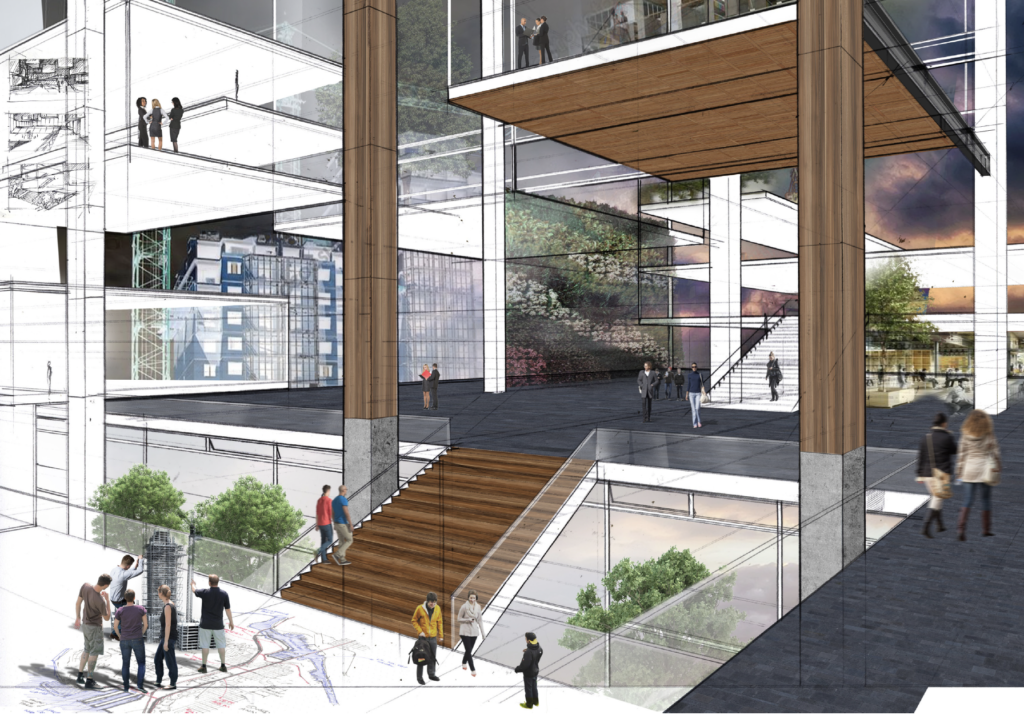May 5, 2017
Designing for Disassembly in the Built Environment
Will Wheaton, MArch 2017

Abstract
This thesis explores opportunities for extending the life of a building and its components through Design for Disassembly (DfD). Our current way of constructing the built environment is “fixed” and difficult to change. This means that most buildings, once a critical function or building system fails, will be demolished. The pervasive idea that “buildings are built to last” has led our culture into a dangerous bind. On the one hand, aiming to design resilience, and on the other, facing demolition based on factors both internal (of the building) and external (of the system). The system we design in is, at its greatest extents, the Earth – we live in a “closed loop.” Beyond solar income, meteors, and cosmic dust, nothing enters or exits this system. It is finite. On this premise, this thesis develops a methodology for transitioning to a culture of building design that considers the life cycle of a building and its components, stretching beyond its primary manufacture and first use. Even at 50 years, a building becoming “obsolete” and “disposed of” is myopic and wasteful. Most importantly, the viewpoint is at odds with what the scientific community understands to be the only way to avert environmental catastrophe, like the loss of critical resources and functioning of ecosystems. Certain building components last longer than others. With this in mind, we must consider disassembly at multiple scales – whole buildings, assemblies, and components. Observing these scales, this thesis investigates different DfD approaches in buildings with anticipated obsolescence of function, in resilient buildings for furthering disassembly as a viable construction approach, and in structures that seek to last “forever.” The “kit-of-parts” approach to DfD is the most pervasive, but it inherently locks certain components and assemblies into a single “product system” – we could quickly end up with a huge inventory of idiosyncratic building kits that have missing parts. Instead, this thesis argues that the network of reclaimed building materials must be saturated with standard, interchangeable components, and that the allocation and redistribution system is crucial to the successful implementation of this proposal.
